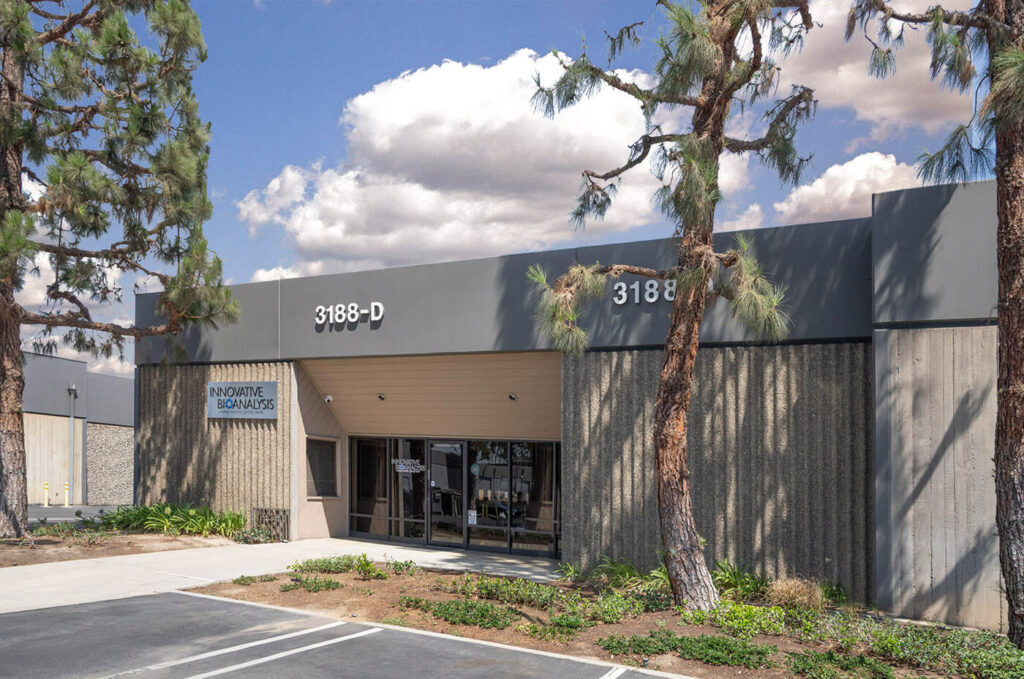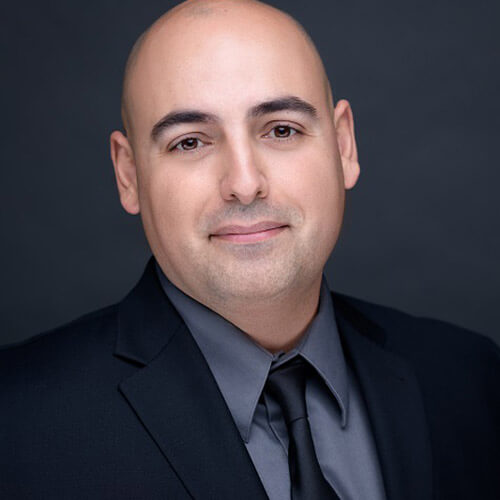Quick Company Facts
- Innovative Bioanalysis, Inc. began testing in February 2017.
- Full-Service Reference and Bioanalytical Laboratory providing testing in the following areas:
- Device Efficacy, TCID50, Biochemistry, Hematology, Urinalysis, Coagulation, LC/MS, Immuno-Assay, RT-PCR, Flow Cytometry, HPLC, and ELISA/EIA.
- Fully Accredited by CAP and CLIA in the above-mentioned disciplines.
- Sensitive to the needs of research with expedited turn-around times, long-term sample storage, data management, statistical analysis, and PK assay validation.
- Staff with over 75 years' experience





